What is Diwali?
DIWALI, also known as Deepavali or Divali, is the Hindu festival of lights. Diwali is celebrated in India, Trinidad, Guyana, and many other countries and islands around the world. It celebrates the “victory of light over darkness, good over evil, and knowledge over ignorance.”
Table of Contents
Diwali was on October 31, 2024 and will be celebrated on October 20, 2025.
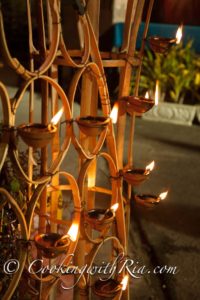
According to Hindu-Blog.com, Diwali is more than a colorful festival and is not all about celebrations, food,, and revelry. The Diwali lights which symbolize the victory of good over evil also suggest the need for the removal of spiritual darkness created by ignorance and ego.
What Does Light Over Darkness Mean?
Light is also a metaphor for knowledge and consciousness—to awaken who you truly are and the divine presence within you. When we become conscious, we can free our true higher self which is hidden and trapped inside this material world(the ego). We have to recognize and honor this light inside us–this light that came with us, that will never desert us—and allow it to shine bright.
Whenever we choose any of the following, we are moving closer to the light:
- living a virtuous life and performing our duties selflessly
- to be in the present
- to love
- to forgive people and the painful past
- to release toxic people and influences
- to give freely even when we don’t think we have enough
- to tolerate the intolerable
- to understand
- to not criticize, judge, or condemn when we think someone is different from us
- to have faith and hope in your darkest moments
- to think positively when negativity attacks you
- to make time for prayer and meditation when life seems too busy
- to take steps to control our minds and overcome fear
- to overcome addictions of every kind even though it feels so good to do it
- to nourish our bodies, etc.
As my Aunty Iya recently agreed that it is important to detach; which means detachment from all that does not serve our best interest. There will be tremendous peace at the end of this journey if we make the effort. I am a living testimony to this truth.
What are the Origins of Diwali
There are various stories of the origins of Diwali, but growing up, I learned that it commemorates the return of Lord Rama (along with Ma Sita and Lakshman) from his 14-year-long exile and vanquishing the demon king Ravana. In joyous celebration of the return of their king, the people of Ayodhya, the capital of Rama, illuminated the kingdom with earthen diyas (deeyas, oil lamps) and set off firecrackers.

What does Fasting for Diwali Mean?
How to Prepare for Diwali?
Diwali Pooja
Why do Hindus Light Deeyas on Diwali Day?
What Was Diwali Like in Our Village Decades Ago?
Diwali in our village decades ago was a magical and communal celebration filled with traditions, preparation, and shared joy. Mummy spent the day busily preparing a vegetarian feast and an assortment of sweets. The culmination of her efforts came in the evening with the hawan/pooja, a prayer ritual dedicated to Lakshmi, the Goddess of wealth and beauty, where we offered prayers for prosperity and new beginnings. We fasted throughout the day, unable to touch any of the delicious dishes until the prayers were complete. I waited patiently, taking my Diwali responsibilities seriously—always motivated by the reward of food!
During the day, aside from helping with the cleaning, one of my favorite tasks was buying deeyas (clay lamps). With a few crumpled bills in hand, I would head to the nearest parlour (local shop) to purchase them. Once back home, the deeyas were soaked in buckets or even a plastic bathtub to prevent them from absorbing too much oil. Afterward, they were set out on a galvanize sheet placed atop a barrel to drain. Making the wicks was another important step. I carefully tore pieces from the roll and rolled them between my palms until the strands were firm and ready to use.
As evening fell and the sun dipped below the horizon, I carefully arranged the deeyas in intricate patterns around the yard. Each was filled with coconut oil and then lit one by one in a beautiful sequence using a single flame. The glow of the deeyas transformed the yard into a magical wonderland of light and warmth.
As teenagers, we would dress in new shalwars (traditional Indian attire) and walk proudly through the village, marveling at the beautifully arranged deeyas outside each home. Of course, we couldn’t resist sneaking glances at the young boys in the village, though we were always sternly warned that it was bad luck to talk to boys on such an auspicious night. Looking back, I now see the wisdom in that “superstition”—a clever way to keep us out of trouble!
The boys of the village added to the celebration with ear-deafening bamboo pipes, a noisy but exciting tradition. Non-Hindu neighbors would drop by to enjoy the delicious “Indian food” and leave with bags of parsad and sweets. It was a time of unity and happiness, where everyone—regardless of race or religion—came together to share in the joy of Diwali.
Reflections on Prayer, Tradition, and the Gayatri Mantra
Before eating, we were always required to pray—a simple but profound ritual that shaped much of my childhood. Praying wasn’t just something we did occasionally; it was woven into the rhythm of my daily life. Every morning before school and every night before bed, I would kneel and pray. My words were always the same: “Dear God, please protect my mummy, my daddy, my sisters…” and then I’d include every member of my family, extended relatives, and, of course, the entire world—just as my mother taught me.
Mummy also introduced us to the Gayatri Mantra and the Lord’s Prayer as soon as we were old enough to memorize anything. In our Hindu household, Jesus had a place alongside our deities, reflecting a beautiful blend of faiths. Here’s the Gayatri Mantra, a prayer I recited countless times as a child:
Om Bhur Bhuvaḥ Swaḥ
Tat-savitur Vareñyaṃ
Bhargo Devasya Dhīmahi
Dhiyo Yonaḥ Prachodayāt
Meaning of the Gayatri Mantra
For years, I chanted these words without truly understanding their meaning. Then, one day while riding the train to work, I decided to look it up. What I discovered was profound. The mantra is an invocation for illumination—of the world, the mind, and the soul. It’s a plea for protection, nourishment, and liberation from ignorance and delusion.
As someone on a deep spiritual journey for the past eight years, this revelation felt like a missing puzzle piece. I realized my spiritual path had begun long ago, in those moments of childlike faith, kneeling on the floor, repeating prayers that became ingrained in my subconscious. These prayers became my anchor, protecting and guiding me through life’s trials and tribulations. The Gayatri Mantra, in particular, resonated with me on a deeper level, as if its essence had quietly been a part of me all along.
Its meaning transcends religion, carrying universal wisdom: “We meditate on that most adored Supreme Lord, the creator, whose divine light illuminates all realms—physical, mental, and spiritual. May this light awaken and strengthen our intellect.”
According to Sathyasai.org, the Gayatri Mantra has three parts:
Praise – Honoring the Divine.
Meditation – Reflecting in reverence.
Prayer – An appeal to dispel ignorance and strengthen the mind.
In hindsight, it all makes sense. My spiritual awakening wasn’t sudden—it was a continuation of something that began in childhood, grounded in the prayers and traditions my mother instilled in me.
Carrying On Diwali Traditions
Life in America is busier and less rooted in the close-knit community I grew up with in Trinidad. Without the bustling excitement of neighbors and extended family, Diwali has become quieter, yet still meaningful. Last year, my mother passed the baton to me, saying she was “too old” to cook the elaborate Diwali feast. It was my turn to take the lead.
And so, I spent the day cooking—not just for my family but for our neighbors, sharing the joy of Diwali in my own way. After all, I’m CookingWithRia, and sharing food is my way of honoring tradition and spreading love.
Though the celebrations may have changed, the essence of Diwali remains the same: light over darkness, faith over doubt, and community over isolation. These values, like the prayers of my childhood, continue to illuminate my life and guide my journey.
What do Hindus in Trinidad prepare and eat on Diwali day?
On Diwali day we also prepare a plethora of vegetarian dishes which, traditionally, are eaten on a leaf also called soharee leaf.
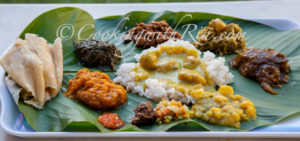
I invited Mummy(Indra), Aunty Iya, and Aunty Jang, her sister, to prepare a Diwali Feast with me. Press play below to watch how we prepared it, from start to finish!
A Traditional Diwali Menu in Trinidad
Diwali Appetizer and Snacks
Aloo Pie, Pholourie, Saheena, Kachori, Dhal Pholourie, Baiganee, Boiled Mango Chutney, Tamarind Chutney or Raw Mango Chutney
Diwali Main Course
Pumpkin is cooked with very basic ingredients including onion, garlic, and hot pepper. It’s steamed until tender and mashed into a smooth paste-like consistency. A dash of roasted ground geera, also known as cumin is added at the end of cooking to highlight the flavors and add an earthiness to the dish.
-
Curried Channa and Aloo
- Chickpeas and potatoes are simmered until tender in a well seasoned and spiced curry sauce. In my family we occasionally add an eggplant to the mix!
-
Curry Channa and Aloo with Baigan
- A delicious variation to curry channa and aloo with eggplant or baigan.
-
Bhagee
- Spinach (dasheen bush or chowrai bhagee-click here for chowrai bhagee recipe) is cooked again with the most basic ingredients including onion, garlic, and hot pepper to allow the flavor of the spinach to reach its full potential. It’s more of a technique than the seasoning that makes this a special dish.
- Mango talkarie
- The tartness of the green mangoes is balanced with sugar and flavored with lots of garlic, hot pepper, and amchar massala. It’s one of the sweet components on the leaf above.
-
Curry Mango:
- The difference between mango talkarie and curry mango is that curry mango is made with curry, whereas mango talkarie is made primarily with amchar massala and geera.
-
Curry Chaitaigne
- Breadnut (or katahar) is cleaned and chunkayed with curry, turmeric, bandhania, garlic and hot pepper, then fresh coconut milk is added to add a natural creaminess and enhance the flavor of the chaitaigne.
- Carhee | Kurhee | Kurhi
- A dish traditionally reserved for the pros–not many have the patience and wherewithal to understand the intricacies involved in the preparation of this dish. Split pea powder is used in two ways. First, it is seasoned with bandhania, garlic, and turmeric, then water is added to make a dough. The dough is squeezed into hot oil to make fried balls, also known as pholourie or ‘boulders’. The next step involves chunkaying the split pea powder which was mixed with water. Once this comes to the right consistency, the pholourie (balls) are added and cooked until it soaks up all the sauce and softens to make what we call boulders. Carhee | Kurhi is eaten over a pile of white rice.
-
Mother-in-Law: A Fiery Condiment with a Controversial Name
No, we don’t cook our mother-in-law! In Trinidad, “Mother-in-Law” refers to a spicy, flavorful condiment that perfectly complements a variety of dishes, adding a fiery kick to balance the rich flavors on your plate.
Interestingly, during my last visit to Trinidad, I learned from a pandit (a Hindu priest) that the name “Mother-in-Law” might not be the most respectful choice. He suggested that it should be called “chow chow” instead—a much gentler term. Whatever the name, this zesty condiment remains a beloved staple in Trinidadian cuisine!
- Plain Steamed white Rice
- Many love to mix all the veggies with the carhee and rice. Some purists love to eat it with just the carhee. The option is yours!
-
Paratha Roti | Buss Up Shut
- For the purist that reserve the rice just for the carhee. The roti is used to scoop up the veggies. There are no rules, just personal preferences and tastes. No judging whatsoever.
-
Dosti Roti
- Dosti roti is a layered roti that’s looks more elegant than the paratha. It’s made with the same ingredients and will work just as well!
-
Dhalpuri Roti
- While paratha is the most popular, dhalpuri, the savory split peas stuffed roti is also a good option.
Dosti Roti Recipe below:
Diwali Sweet Treats
For dessert, we distribute bags of parsad which include fruit, Gulab Jamoon, barfi, kurma, ladoo, roat and shaved coconut. Click here for Parsad Recipe
Kurma – this is a crunchy fried dough – flavored with cardamom, ginger and cinnamon. Click here for Kurma Recipe
Gulab Jamoon – kurma’s fat cousin (Click for Recipe)- it’s a softer version and equally delicious!

Ladoo- is a delicious and popular sweet treat made in Trinidad around Diwali and during the year for poojas and prayers. Ground split peas are made into a batter and fried. The fried dough is then ground and mixed with ginger, powdered milk, cardamom, and condensed milk. After it all comes together with a sugar syrup (phaag).
Some folks keep it simple and just prepare a pot of Sweet Rice – also knows as rice pudding.
What is Diwali Nagar?
Divali Nagar (City of Lights) is an annual exposition that celebrates the Hindu and Indo-Trinidadian Culture. It is held one week prior to Diwali at the Divali Nagar Site, located in the borough of Chaguanas in Central Trinidad. There are numerous vendors displaying and selling a wide selection of food, clothing and other cultural items of interest. There are cultural performances as well that include Indian dancing, singing of bhagans(religious songs) and playing of tassa(drums).
I hope my post inspires you to celebrate this holiday and take the time to think about how you can bring more of this light into your life.
As for the food, you can keep the menu simple with just this 30 minute curry canned channa and aloo and paratha with sweet rice (rice pudding) for dessert, or take a more energetic approach and prepare a feast for your family, friends, and neighbors.
I wish you and yours a happy Diwali! May the light of knowledge help you to overcome all the darkness in your life.
A Closing Prayer
For the non-Hindus and Hindus alike, this prayer will also resonate with you:
Lord, make me an instrument of Your peace. Where there is hatred, let me sow love; where there is injury, pardon; where there is doubt, faith; where there is despair, hope; where there is darkness, light; where there is sadness, joy.
O, Divine Master, grant that I may not so much seek to be consoled as to console; to be understood as to understand; to be loved as to love; For it is in giving that we receive; it is in pardoning that we are pardoned; it is in dying that we are born again to eternal life.
With love and fabulous dishes,
Ria

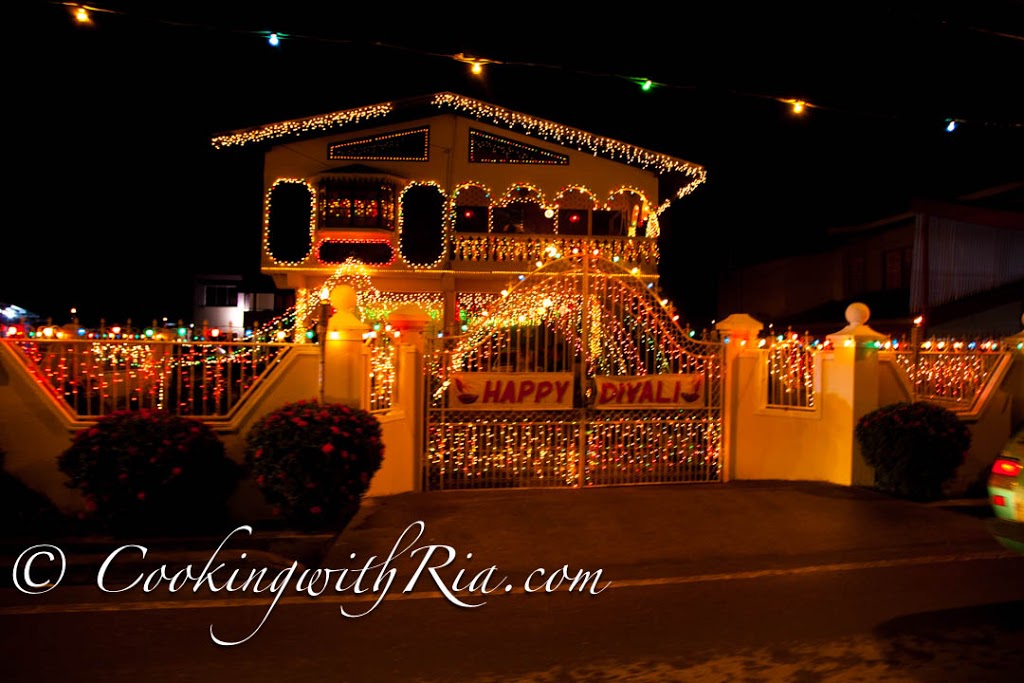

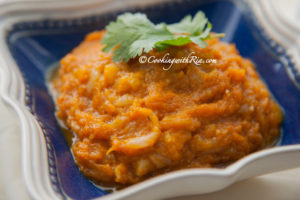
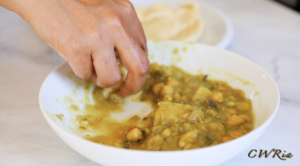
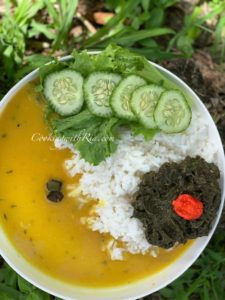
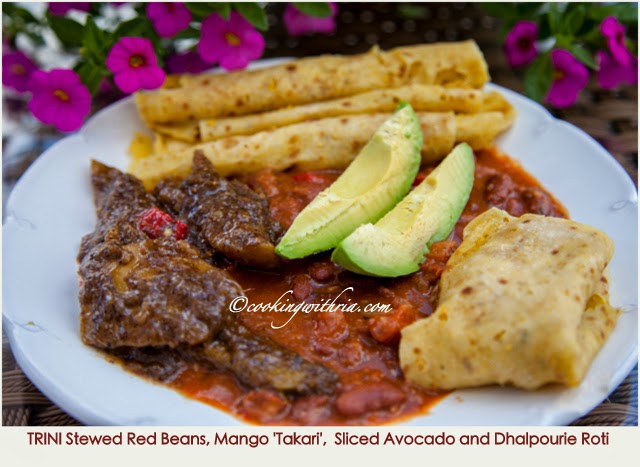
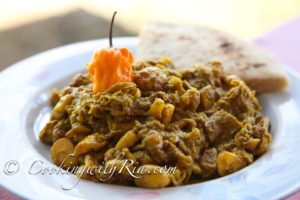
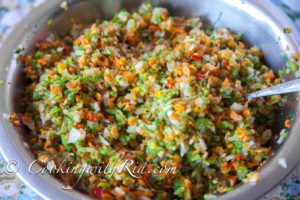
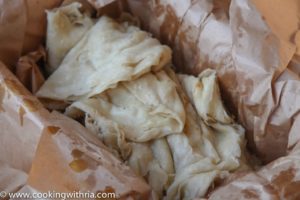
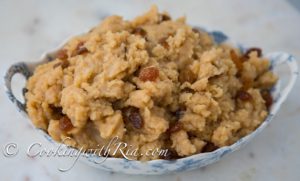
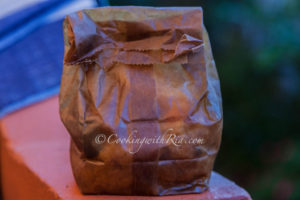
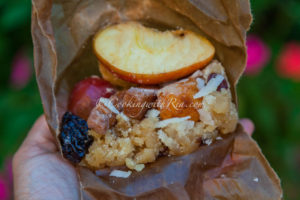
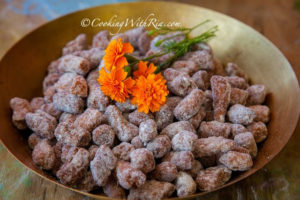


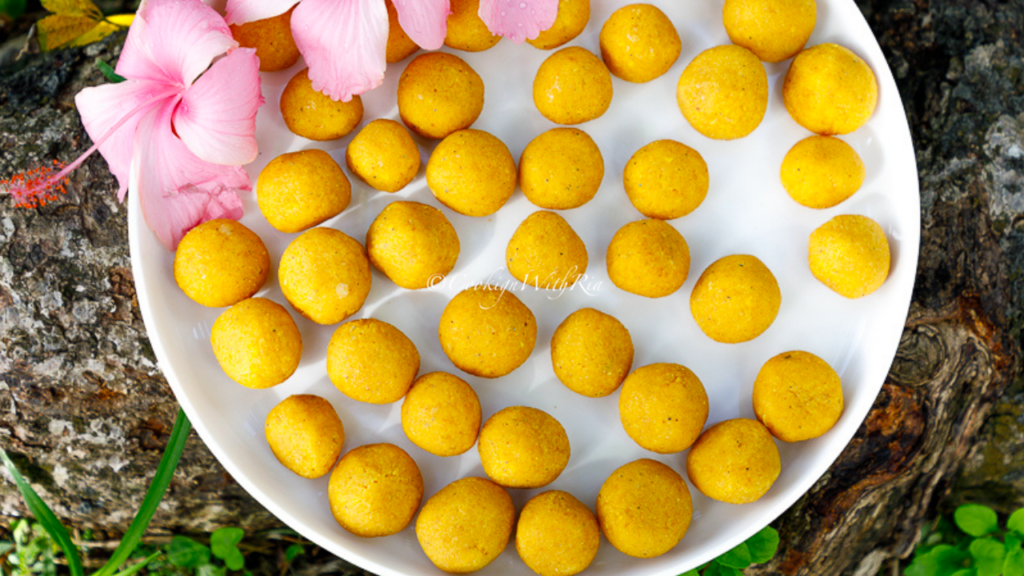
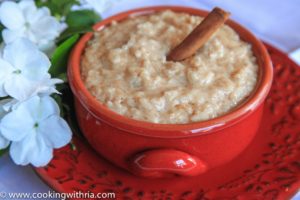

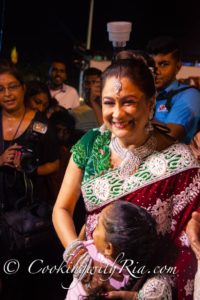
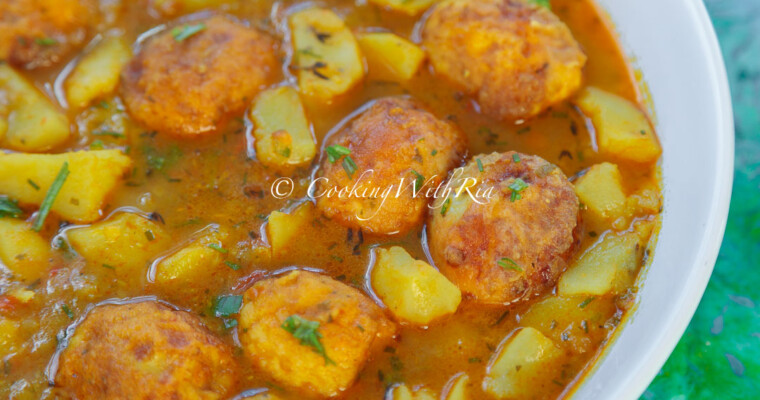
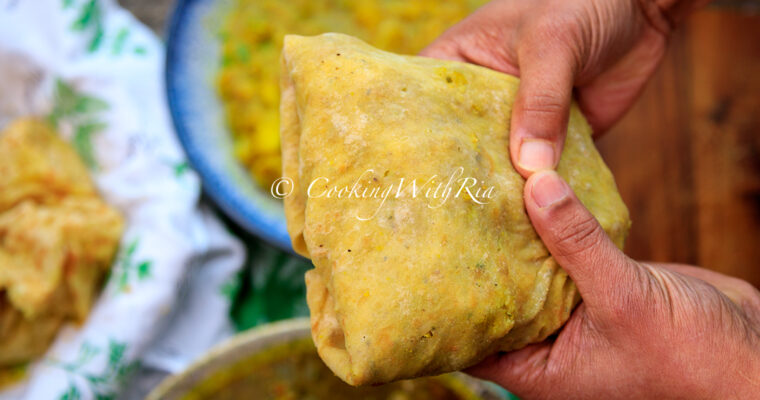

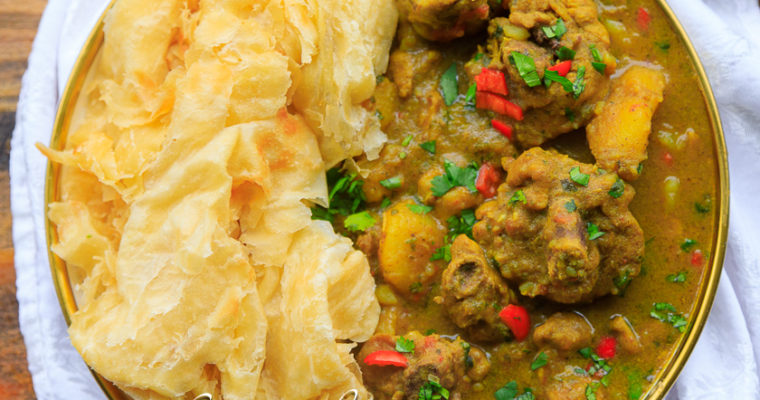


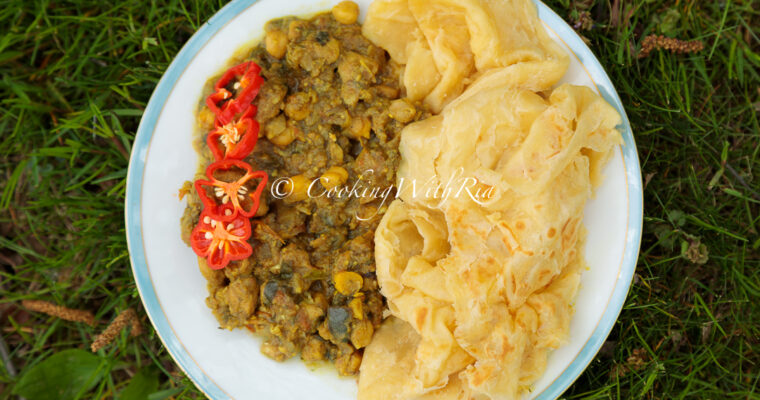
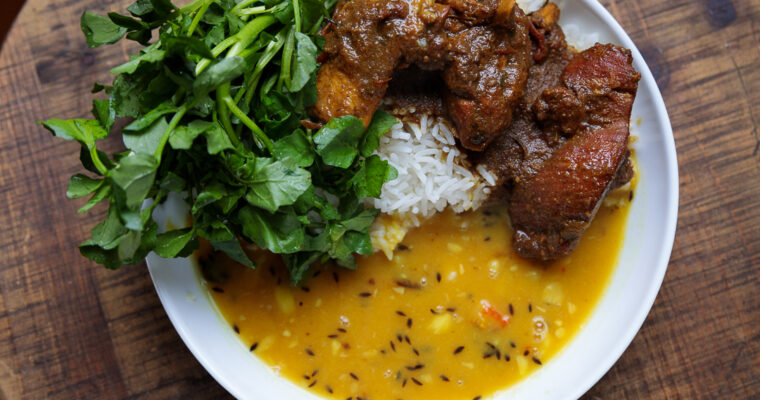
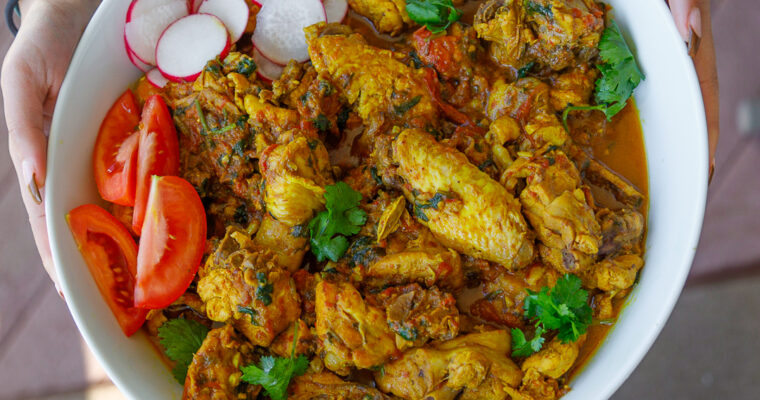
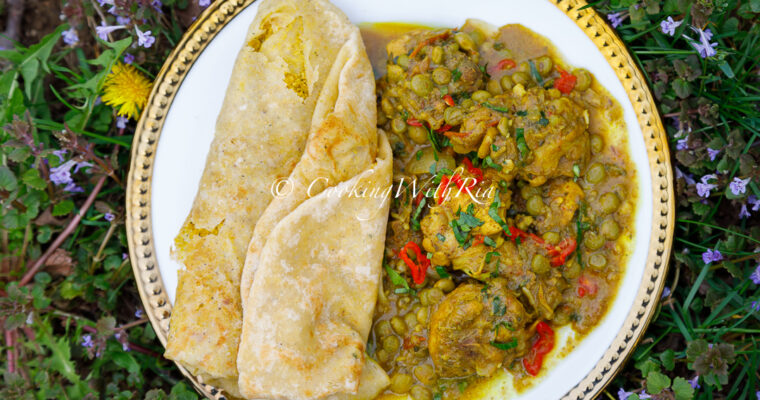

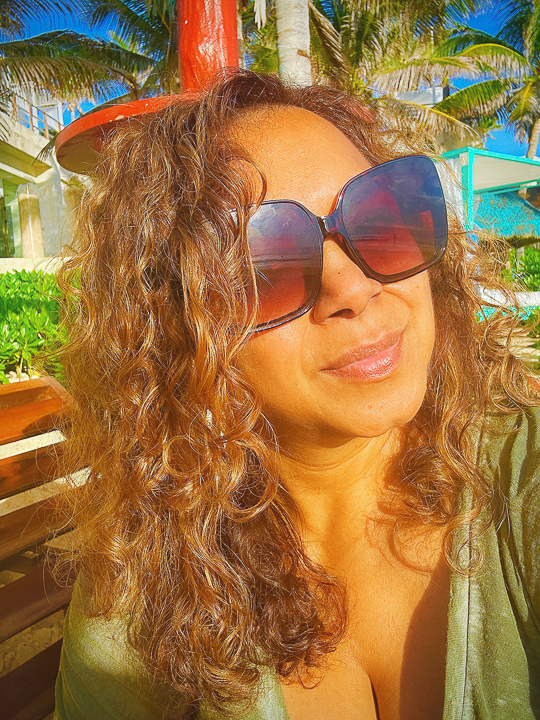
A great video. Loved the ladies cooking & chatting. Thanks, Ria!
Lovely lovely site…keep up the good work Ria.